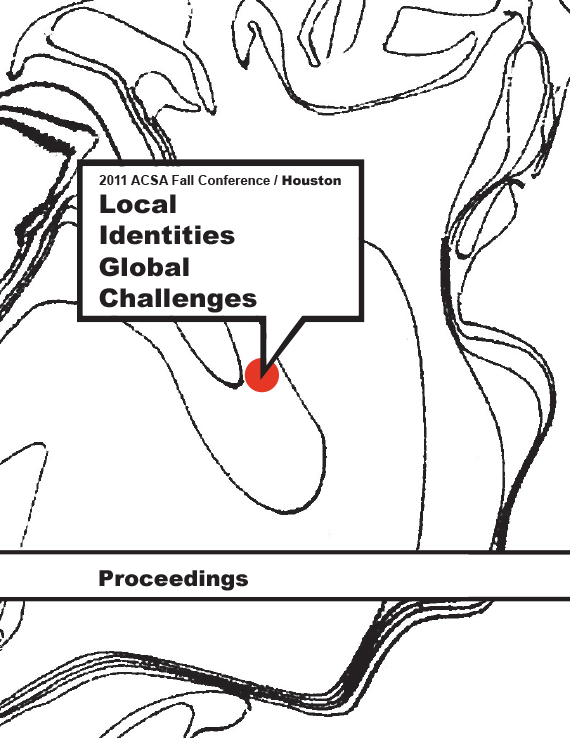Author(s): Kelly Carlson-Reddig
It can be said that the “project” of critical regionalism in architecture remains unfinished. As a practice, critical regionalism, distinct from vernacular and romantic regionalism, was a tangent of late modernism. As a specific subject of architectural discourse, its genesis may be traced to the writings of Alex Tzonis and Liliane Lefaivre, who first coined the term in 1981. Among the most provocative contributions to the discourse is surely the collection of essay variations written by Kenneth Frampton under titles such as “Towards a Critical Regionalism: Six Points for an Architecture of Resistance” and “Ten Points on an Architecture of Regionalism: A Provisional Polemic”. In each of these essays, Frampton begins with introductory reflections on the challenge of negotiating global and local circumstances in architectural practice. His articulation of the broad field is then followed by specific “points”–comparisons of dichotomous practices, akin to oppositional twins. In each of the points, one twin embodies the humane and place-specific traits of critical regionalist architecture—experience, place, architectonic, natural, and tactile characteristics. The second twin represents its superficial and generic nemesis—information, space, scenography, artificial, and predominately visual qualities. The texts are exquisitely adept in articulating the territory of the discourse, and proposing many of its relevant terms. I have regularly employed these texts in the context of architecture design studio as catalysts for critical and integrated examination of site, place, tectonics and program. Through this, I have come to regard the potential for further exploration, not of Frampton’s broad argument, nor by a proposal for additional points. Rather, this papers aims to articulate more detailed characteristics and modes of critical regionalist architecture, toward greater depth in architectural analysis, and greater instrumentality in critical regionalist design practice. Two loci are identified for appending greater detail to the frame of Frampton’s critical regionalist polemic—one related to content, and the other related to method. The first, related to content, appends itself to the “points”, or the identified traits of critical regionalism. These points—experience, place, architectonics, nature, and tactility–are broad categories that can support more detailed articulation. For example, if we cite the “architectonic” nature of critical regionalism (as opposed to its “scenographic” antithesis), more specific sub-traits can be identified—for example, materiality, practices of detailing, or the tectonic or stereotomic basis architecture may be critically rooted in place. But what makes a practice in one of these sub-realms critical, as opposed to a merely historical reenactment of the vernacular, or far worse, a sentimental scenographic reference? Here, the second facet of this paper builds additional detail, and suggests methodological filters for critical design consideration. One notion regarding the difference between critical regionalism and historic reenactment is the characteristic of defamiliarization, defined as “the artistic technique of forcing the audience to see common things in an unfamiliar or strange way, in order to enhance perception of the familiar”. This paper examines how defamiliarization may exist or be brought to regional conditions, in order to render them conspicuous, hence raising our perception.
Volume Editors
Ikhlas Sabouni & Jorge Vanegas

 Study Architecture
Study Architecture  ProPEL
ProPEL 
